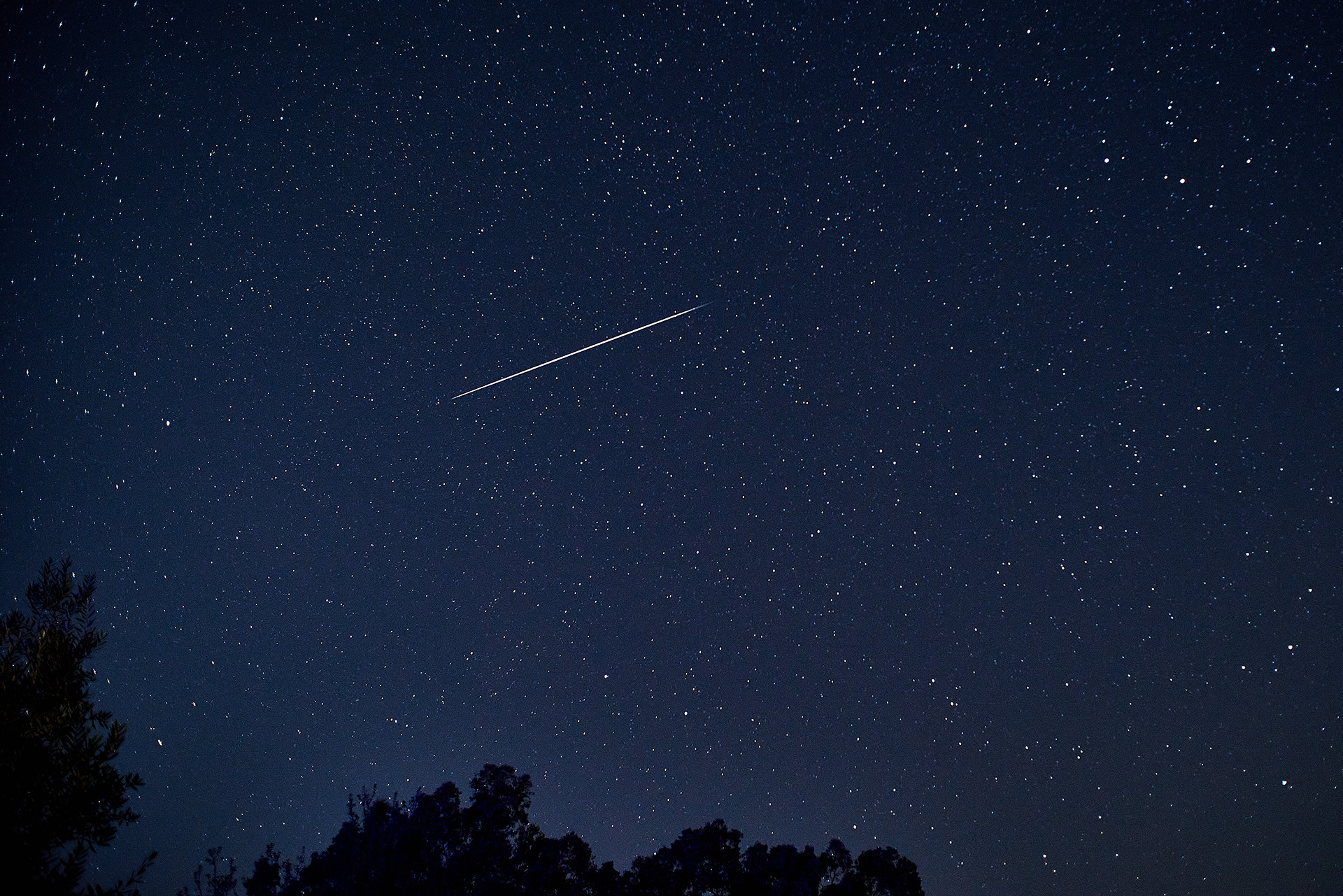
Don’t Miss the Last Meteor Shower of the Year
As the year draws to a close, skywatchers are eagerly anticipating the final meteor shower of 2023. The Geminid meteor shower, known for its bright and abundant meteors, will peak on the night of December 13-14. This celestial event offers a mesmerizing spectacle that should not be missed.
The Geminids: A Cosmic Spectacle
The Geminid meteor shower occurs annually when Earth passes through the trail of debris left behind by the asteroid 3200 Phaethon. Unlike most meteor showers that originate from comets, the Geminids are unique in their association with an asteroid. As Earth intersects Phaethon’s path, tiny particles from the asteroid enter the Earth’s atmosphere, burning up and creating streaks of light that we perceive as meteors.
The Geminid meteor shower is renowned for its intense activity, with observers typically witnessing around 50-120 meteors per hour during its peak. These meteors are known for their vivid colors and long, graceful trails, making them a captivating sight for astronomy enthusiasts and casual stargazers alike.
Observing the Geminids
To maximize your chances of witnessing the Geminid meteor shower, it is essential to find a dark and unobstructed observing location away from city lights. Allow your eyes to adapt to the darkness for at least 20 minutes before beginning your observations. While binoculars or telescopes can enhance the viewing experience, they are not necessary for enjoying the main show.
The Geminids are best observed in the late evening and early morning hours, when the radiant point (the region of the sky from which the meteors appear to originate) is high above the horizon. The radiant is located in the constellation Gemini, but meteors can be seen streaking across the entire night sky.
Capturing the Geminids
For photographers eager to capture the beauty of the Geminid meteor shower, a wide-angle lens is essential. Use a tripod for stability and a fast shutter speed (around 1/500s) to freeze the motion of the meteors. Experiment with different compositions, framing the meteors against the backdrop of the night sky or incorporating foreground elements for added depth.
Cultural Significance
Beyond its astronomical significance, the Geminid meteor shower holds cultural and historical importance for various societies worldwide. In ancient Greece, the Geminid meteors were believed to be tears shed by Castor and Pollux, the twin brothers of the constellation Gemini. In some Native American cultures, the meteor shower was associated with hunting and good fortune.
Environmental Impact
While the Geminid meteor shower is a magnificent celestial event, it also serves as a reminder of the environmental impact of space debris. The asteroid 3200 Phaethon, the source of the Geminid meteors, is a near-Earth object (NEO). NEOs pose a potential threat to our planet, and ongoing efforts are being made to track and monitor these objects.
Conclusion
The Geminid meteor shower is a captivating astronomical event that offers a mesmerizing spectacle for skywatchers of all ages. Its bright and abundant meteors, coupled with its cultural and scientific significance, make it an unmissable celestial experience. As we bid farewell to 2023, let us take a moment to marvel at the wonder and beauty of the night sky.
However, it is essential to remember that the Geminid meteor shower also highlights the critical issue of space debris. As we continue to explore and utilize space, it is imperative that we develop strategies to mitigate the risks posed by NEOs and ensure the long-term sustainability of our planet.


